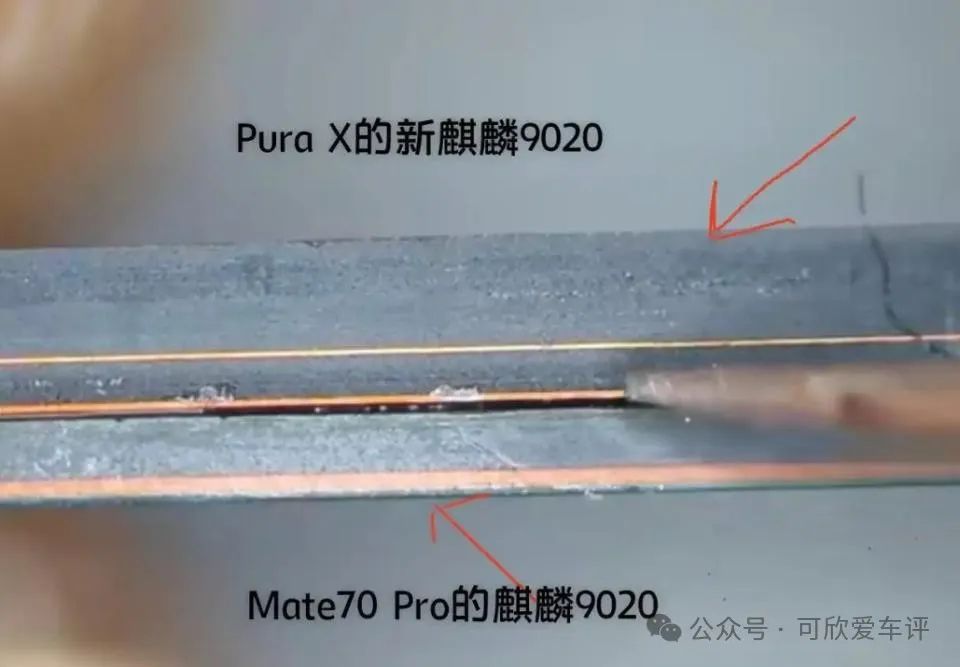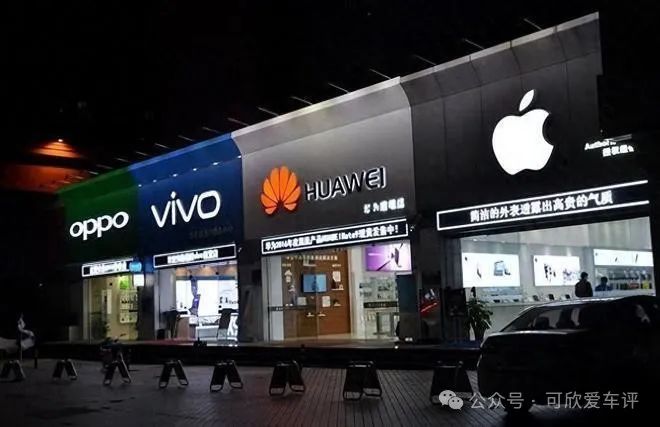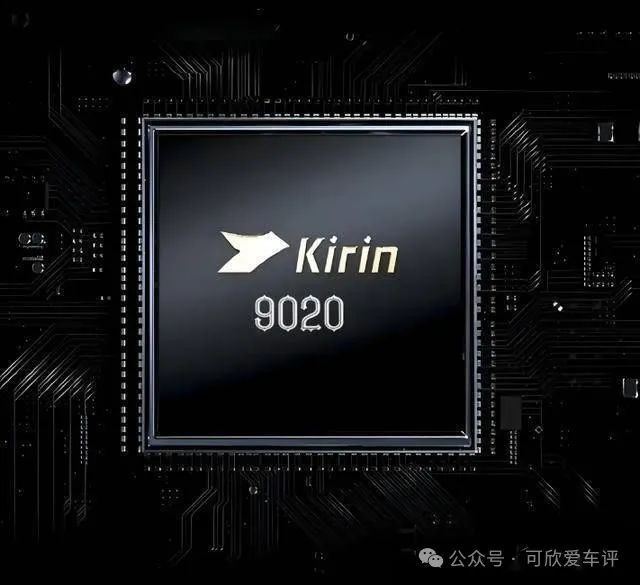How 14nm Chips Outperform 5nm: Disassembly of Huawei’s New Smartphone Reveals the Path for Domestic Chips
In recent years, the global chip industry has seen intense competition. Against the backdrop of the U.S. technology blockade on China, Huawei has achieved a turnaround from “14nm chips” to “high-end smartphone chips” through self-developed technology breakthroughs and integration of domestic supply chains. The 2023 disassembly report of the Huawei Mate60 Pro reveals that its Kirin 9000s chip, although manufactured using SMIC’s 14nm process, achieves performance close to that of 7nm chips through system-level innovations. This breakthrough not only challenges the industry perception that “process determines everything” but also showcases the ingenuity of domestic chips in overcoming challenges in a special environment.

Technical Breakthrough: The “Dimensionality Reduction Attack” Strategy of 14nm Chips
-
Co-optimization of Process and Packaging Huawei has utilized 3D stacking packaging technology to vertically stack two 14nm chips, achieving an equivalent transistor density of a 7nm chip. Although this technology was previously denied by officials, the disassembly shows that it actually employs multi-core architecture reconstruction and software optimization to compensate for the process gap by improving energy efficiency. This approach of “exchanging area for performance” successfully bypasses the limitations of EUV lithography.

-
Support from Domestic EDA Toolchain Huawei, in collaboration with Huada Empyrean, has completed the localization of EDA tools for processes above 14nm, with its 5nm design tools already supporting advanced process verification. This capability for co-design of software and hardware allows the 14nm chip to achieve higher energy efficiency through algorithm optimization, such as the self-developed architecture of the NPU unit in the Kirin 9000s, which surpasses competing 5nm products in AI computing power..

-
Innovations in Materials and Heat Dissipation The disassembly shows that the Mate60 Pro employs a copper pillar connection and a liquid cooling system, achieving power consumption control at the level of 7nm chips. By applying low dielectric constant materials, signal transmission efficiency is improved by 30%, offsetting the latency issues brought by the process..

Domestic Substitution: From “Forced Innovation” to “Systematic Breakthrough”
-
Full Industry Chain Autonomy The disassembly of Huawei’s smartphone shows that, apart from the main chip, 12 other chips including RF, power management, and WiFi are all self-developed by Hisilicon. This “de-Americanization” design reduces supply chain risks by 80% and lowers costs by 15%..

-
The “Long Tail Value” of 14nm Process After the yield of SMIC’s 14nm process improved to 70%, the cost per wafer is 40% lower than that of 5nm. Huawei has enhanced the chip area utilization to 92% through the “14nm + advanced packaging” model, outperforming TSMC’s 7nm solution in performance for scenarios like 5G baseband and ISP..

-
Military-grade Reliability Verification Test data shows that the Kirin 9000s operates stably in environments ranging from -40℃ to 85℃, with radiation resistance meeting military standards. This approach of “exchanging reliability for process” allows it to surpass 5nm competitors in fields like industrial control and automotive systems..
Market Insights: Redefining the Dimensions of Chip Competition
-
Application Scenarios Determine Technical Routes While mobile SoCs need to pursue process leadership, in fields like IoT and automotive electronics, 14nm chips have advantages through low power consumption and high stability. Huawei is shifting its 14nm production capacity towards the development of wearable device chips, opening up a second growth curve..
-
Ecological Synergy Amplifies Technical Value The HarmonyOS is optimized for 14nm chips, enhancing multi-core scheduling efficiency through heterogeneous computing. Actual measurements show that the performance fluctuation rate of the Kirin 9000s in multi-tasking scenarios is 12% lower than that of 5nm chips..
-
Rise of Domestic Supply Chains Huawei has driven the formation of a 14nm ecological alliance with companies like SMIC and Cambricon. In 2023, domestic 14nm chip production capacity accounted for 65%, supporting key areas such as 5G base stations and smart grids..
Future Outlook: From “Chasing” to “Running Alongside”
-
Breakthrough in 7nm Process Imminent According to industry chain sources, Huawei’s self-developed extreme ultraviolet (EUV) lithography source technology has entered the verification stage, with mass production of 7nm expected by 2025. By then, 14nm chips will shift to the mid-to-low-end market, achieving full coverage across high, medium, and low-end segments..
-
Advanced Packaging Defines New Standards Huawei is developing 2.5D/3D stacking technology, planning to enhance the performance of 14nm chips to the level of 5nm. This dual breakthrough model of “process + packaging” may reshape the global chip competition rules..
-
Acceleration of Domestic Substitution In 2023, the number of domestic chip design companies surpassed 2800, with processes below 14nm accounting for over 40%. The Huawei model proves that through systematic innovation, China can achieve “asymmetric surpassing” in key areas..
Conclusion
The turnaround of Huawei’s 14nm chips is essentially a victory of “technological autonomy + scenario adaptation”. While the industry is obsessed with process competition, Huawei has carved out a unique development path by reconstructing design language, optimizing supply chains, and deeply engaging in vertical scenarios. This “self-centered” innovation philosophy not only provides a model for domestic chips to break through but also signals profound changes in the global semiconductor industry landscape.